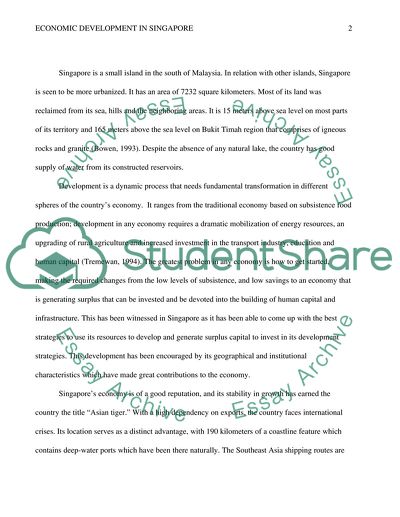Cite this document
(“Economics of Development: Country Singapore part 3 Research Paper”, n.d.)
Economics of Development: Country Singapore part 3 Research Paper. Retrieved from https://studentshare.org/miscellaneous/1635567-economics-of-development-country-singapore-part-3
Economics of Development: Country Singapore part 3 Research Paper. Retrieved from https://studentshare.org/miscellaneous/1635567-economics-of-development-country-singapore-part-3
(Economics of Development: Country Singapore Part 3 Research Paper)
Economics of Development: Country Singapore Part 3 Research Paper. https://studentshare.org/miscellaneous/1635567-economics-of-development-country-singapore-part-3.
Economics of Development: Country Singapore Part 3 Research Paper. https://studentshare.org/miscellaneous/1635567-economics-of-development-country-singapore-part-3.
“Economics of Development: Country Singapore Part 3 Research Paper”, n.d. https://studentshare.org/miscellaneous/1635567-economics-of-development-country-singapore-part-3.


